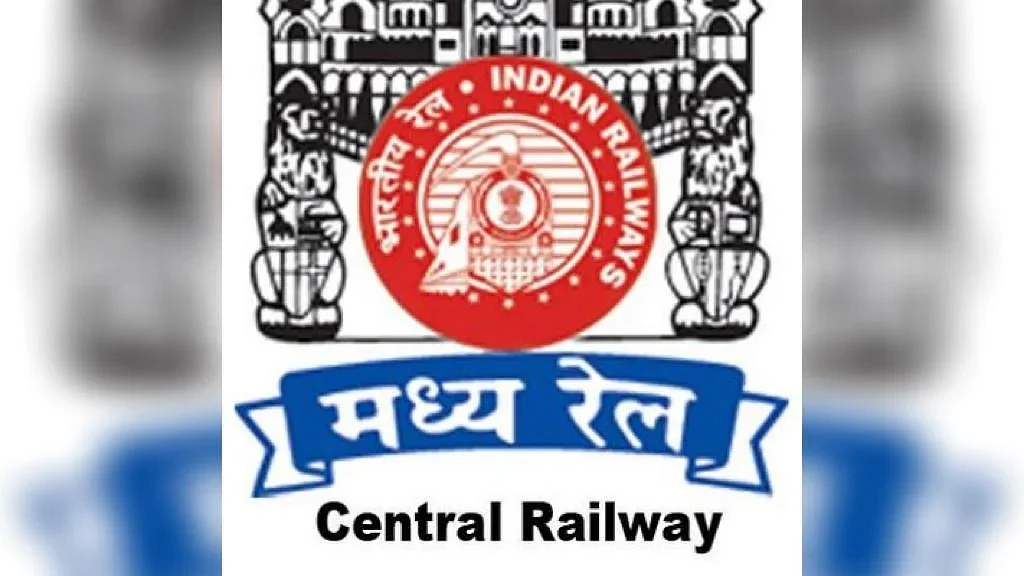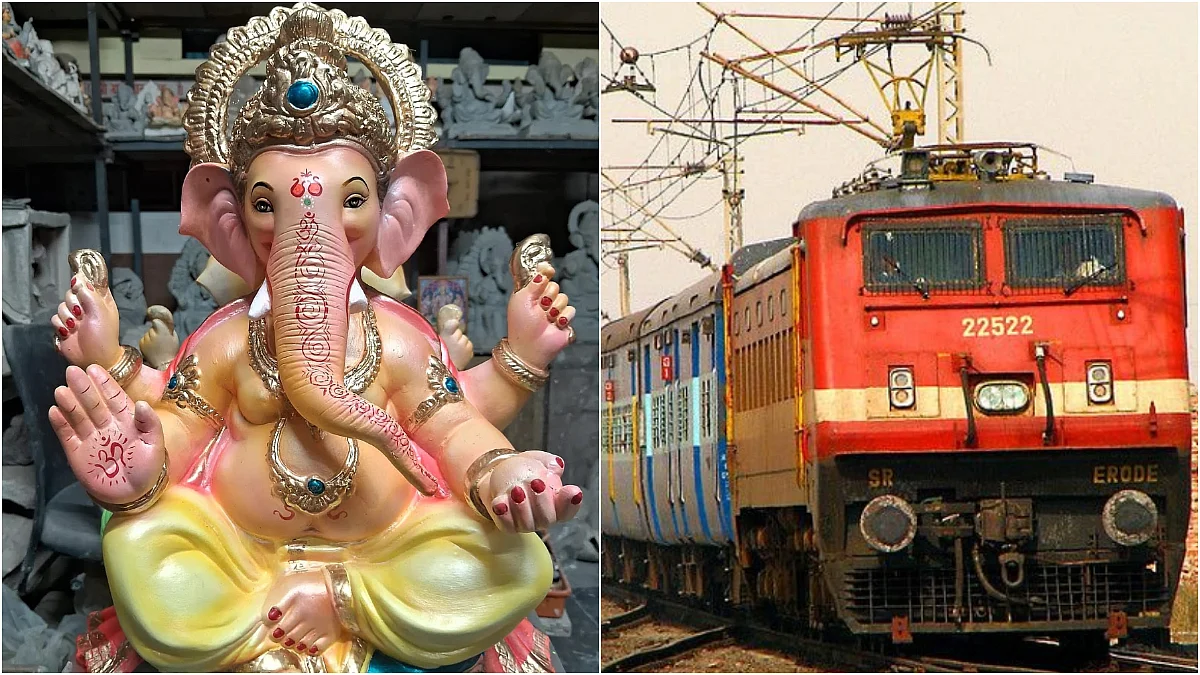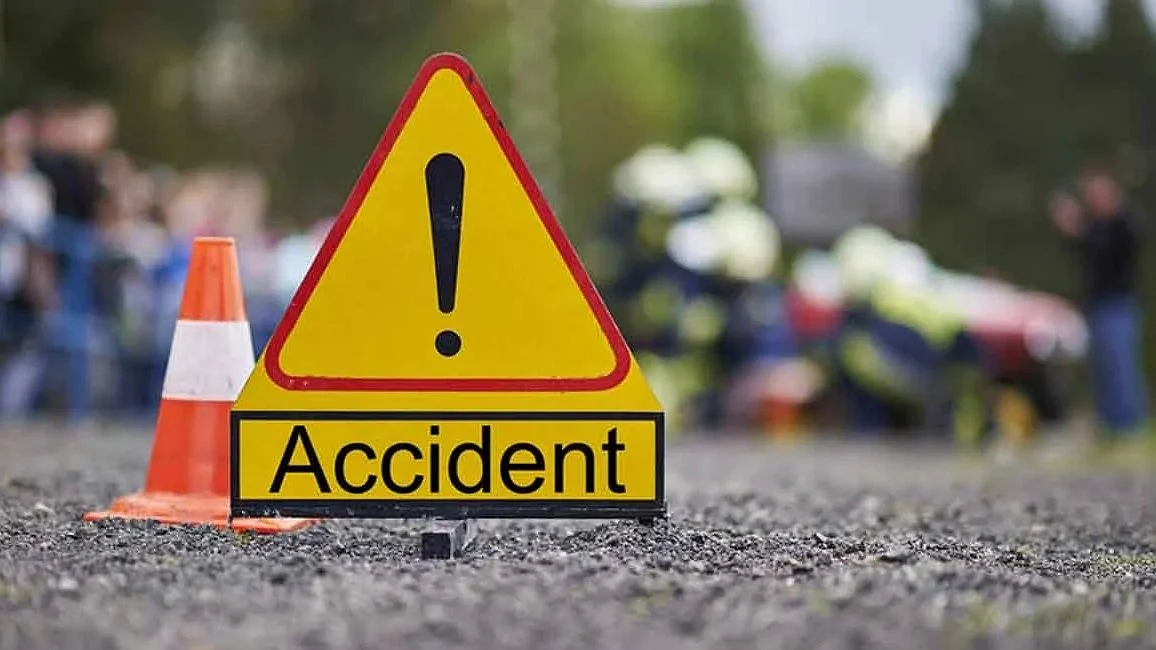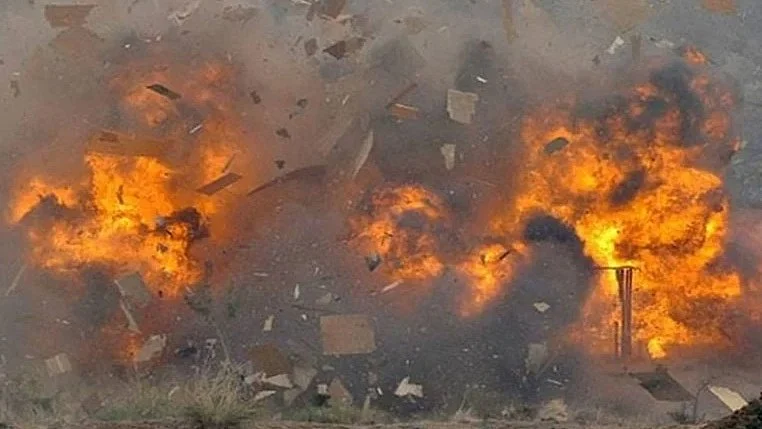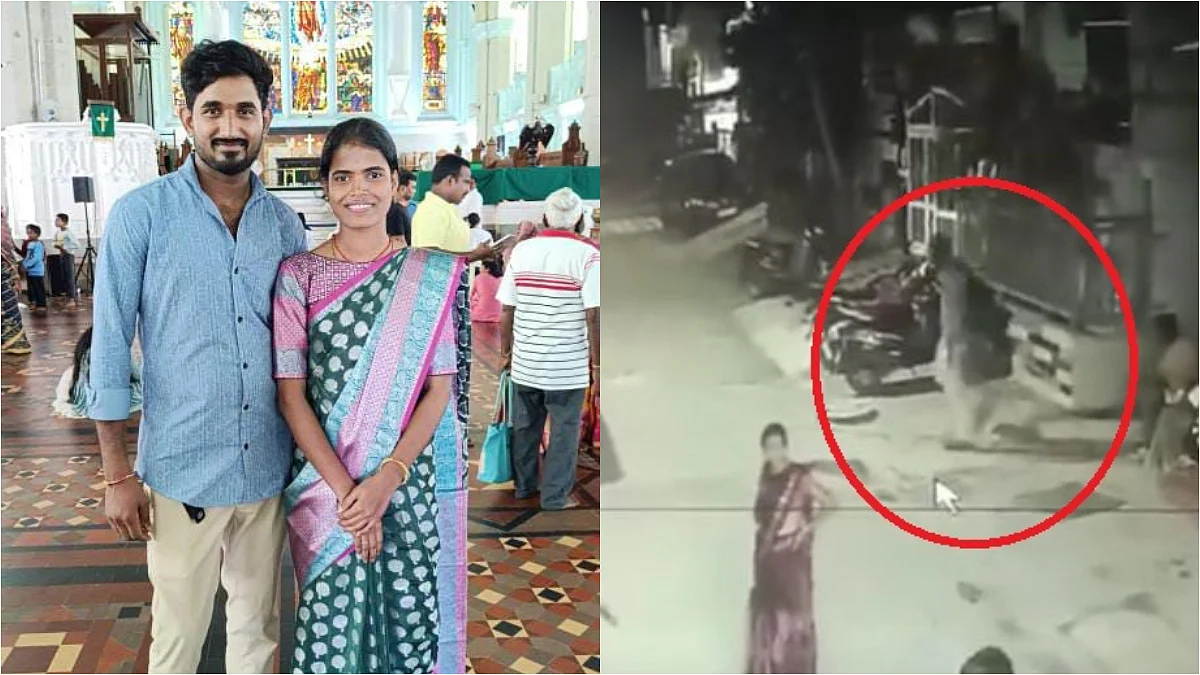Surat/Ahmedabad/Rajkot: Just a day after the horrific collapse of the Gambhira bridge between Vadodara and Anand, which claimed 15 lives, chilling visuals of the tragedy have sparked widespread fear and anger among citizens across Gujarat. The bridge collapse has become a grim reminder of the state’s crumbling infrastructure—exposing the neglect and decay of dozens of critical bridges still in use.
One such example is in Surat’s Parvat Gam, where a bridge over the Mithi creek, built by the Surat Municipal Corporation (SMC), stands in a dangerously dilapidated state. With no protective railings, gaping fissures, and rusted iron rods jutting out, the structure is barely held together with makeshift bamboo poles.
Devoid of railings, crudely patched with bamboo sticks, and boasting gaping fissures that reveal its corroded skeletal structure, this bridge is a daily gamble for tens of thousands of commuters. Rajesh Badgujar, a long-time resident of Parvat Gam, voiced his exasperation and fear. "I have been seeing this condition of the bridge for the last seven to eight years. The administrators are not interested in either taking up the repairs on the war footing or construct a new bridge for the safety of the residents. After the Gambhira bridge collapse, I am scared of passing from this bridge now. It is better to take a 3-kilometer detour to Puna Patiya to reach my home."
Pinkesh Bhatt, another resident of Parvat Gam and an employee with a leading medical device company in Surat, echoed the sentiment of impending doom. “This bridge in Parvat Gam on the Mithi creek is a death bed. It can collapse at any given point of time. We are really scared and demand that this bridge should be pulled down and a new bridge should be constructed.” Bhatt’s proactive efforts to expose the danger, by sending a video of the dilapidated bridge to top bureaucrats in the Surat Municipal Corporation (SMC) and opposition leader Payal Sakariya, spurred a visit from Sakariya and her team. While the SMC zone officials made a cosmetic attempt by putting up tin-sheds on the exposed railings, the bridge inexplicably remains open to vehicular traffic, a decision that has drawn widespread criticism.

The grim scenario extends to Ahmedabad, where the Shastri bridge, a crucial link connecting Vishala and Narol, mirrors the perilous state of affairs. Its railings reveal exposed iron rods and its structure is marred by significant fissures, presenting a constant threat to those who use it.
Further afield, near Rajkot city, the 110-year-old bridge connecting Navagam and Anandpar, a relic from the princely state era, has become a source of profound apprehension among villagers. Manojbhai, a local resident, described the relentless strain on the bridge. “Loading of heavy vehicles and transport from the bridge throughout the day. There is abundance of vehicles, rickshaws and other vehicles. Traffic also increases a lot in the evening. The villagers have repeatedly made representations to the system regarding this matter, but no action has been taken. So our demand is that an incident like the tragedy that happened yesterday in Vadodara should not happen here.” This historic bridge, already in a severely dilapidated condition, poses a significant risk, particularly during the monsoon season when rising river waters often necessitate its closure, disrupting connectivity for hours.
In a seemingly reactive measure, a bridge safety meeting was convened in Rajkot under the chairmanship of District Collector Om Prakash. Officials from the National Highway Authority of India (NHAI), State Highway Authority, and Road and Building Urban and Rural Departments were directed to submit comprehensive reports on all bridges within Rajkot city and district within 48 hours. The collector stated, “After the reports come, it will be understood that there is indeed a defect in any bridge, then its repairing should also be done. If there is a need to close the bridge, that action will also be taken.” Initial information suggests that three bridges, including the Navagam-Anandpar link, have been identified as weak.

